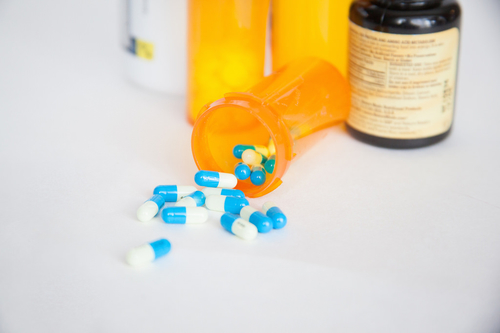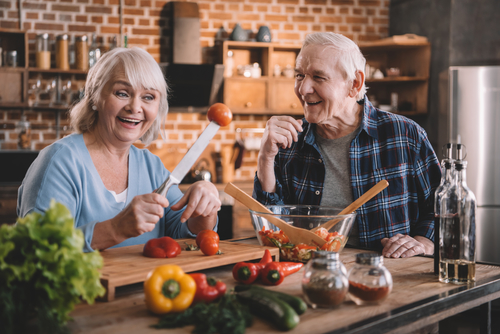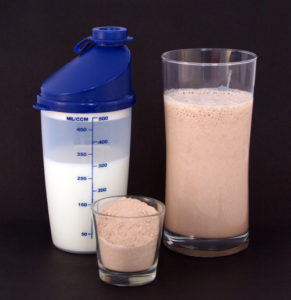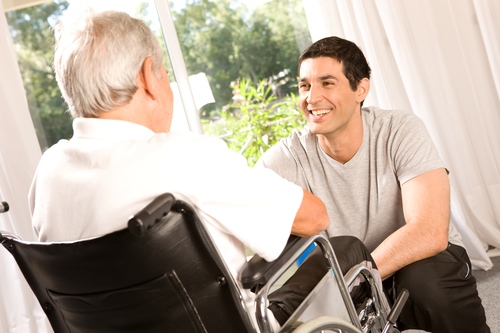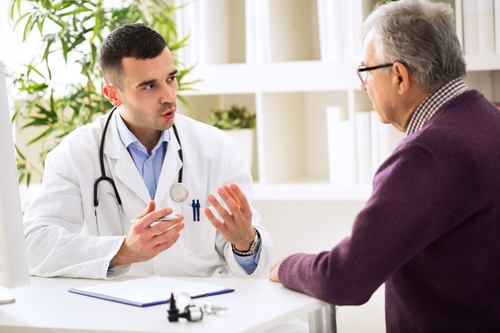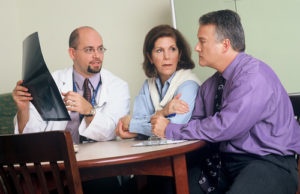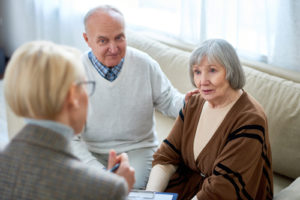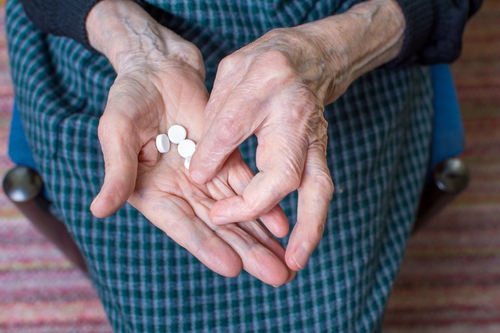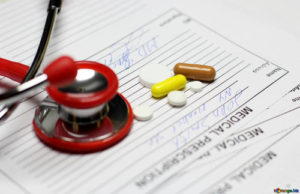
When you’re at a grocery store, looking at all the food and their labels can be overwhelming. You want to eat better, but how can you keep track of all the different names for nutritious aspects of food. There are a few quick and easy tips when it comes to buying whole grains.
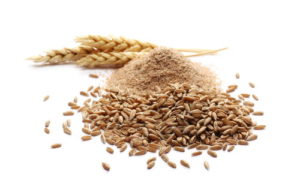
What to Look for When Buying Whole Grains
Experts recommend that adults should eat 48 grams, or three servings, of whole grain a day. Why? Whole grains are high in fiber and other nutrients. Fiber is essential to have regular bowel movements. No one wants to be constipated.
It also helps lower the risk of heart disease, Type 2 diabetes, obesity, and other health issues.
How can you add whole grains to your diet? Some common examples include using a slice of 100 percent whole grain bread, a half cup of oatmeal, or a half cup of cooked brown rice with different meals.
Sadly, you can’t find whole grain servings listed on the Nutrition Facts panel on packaged foods. There are ways to identity whole grain foods.
Look for food with a whole grain stamp, which was created by the Oldways Whole Grains Council. It’s a consumer advocacy group. The stamp is yellow and has perforated edges that looks like a stamp you’d use on mail.
It comes in three forms, showing different levels of whole grains.
There’s 100 percent whole grain, which means it is completely whole grain. It should have a minimum of sixteen grams a serving.
50 percent plus whole grain means that of the grain in the product, at least half is whole grain. It has to have at least eight grams a serving.
If a package just states whole grain, then it will have eight grams of whole grains a serving, though it might contain more refined grain than whole.
Fun fact, The Whole Grains Council has used the stamp on over 13,000 products in 61 countries.
Another way to look for whole grain is to see if it’s the first or second ingredient listed. Ingredients are listed in descending order by weight.
Whole grains are made of three main components, the bran, the germ, and the endosperm. The bran and the germ are the most nutritious parts.
What Labels to Ignore When Buying Whole Grains
- Multigrain- It means a mix of whole grains, refined grains, or some amount of each.
- Made with whole grain- Not specific enough, it could be made with just a little whole grain and still able to say this.
- Stone-ground- This doesn’t tell you anything about whether the grains are whole or refined. This label is talking about a type of mill that used to make the flour.
- Organic-The label applies to farming and production practices and doesn’t tell you if there are whole grains in the product.
Read more here.




